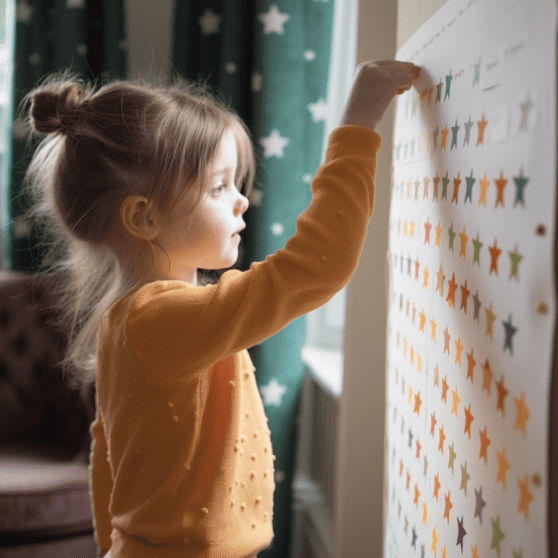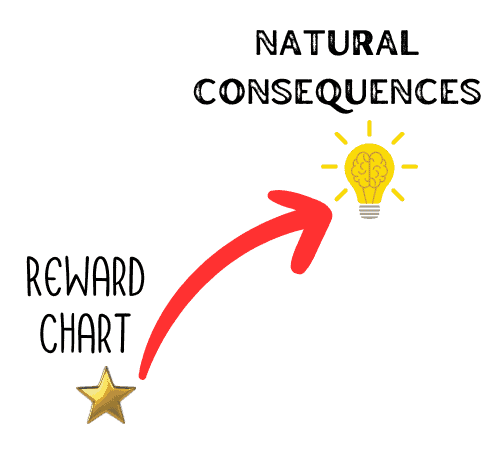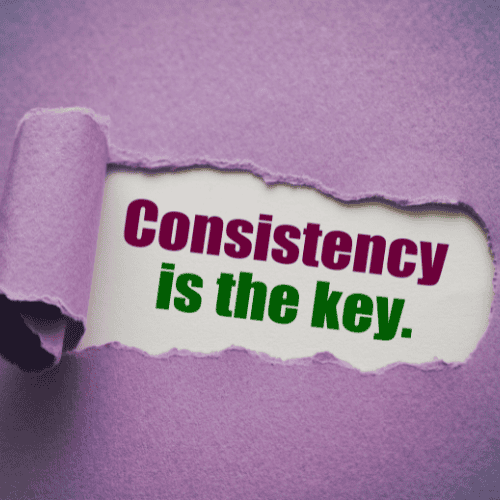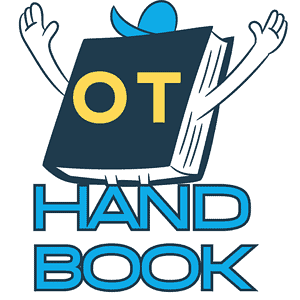
Teaching your child to use the toilet can be a big deal.
You may need to work hard to figure out the best way without getting frustrated.
One way you can encourage successful toilet training for your child is by using reward charts.
While this can work well in the short term, it’s important to stop using the charts gradually so your child can use the toilet independently without needing a reward.
Using “natural consequences” is one of the ways you can use to stop the use of reward charts in toilet training.
However, to use this method for your child, knowing what “natural consequences” is and how it works is important.
What does “Natural consequences” means?
“Natural consequences” means that actions have results that happen on their own.
For instance, you may explain to your child that they’ll feel cold if they don’t want to wear a coat on a cold day.
Or if they won’t eat veggies, they might not have the energy to play or may get sick more often.
When it comes to toilet training, natural consequences can be used to encourage success.
For example, you can explain to your child that if they pee in their pants, they will feel uncomfortable. Telling them this will encourage them to use the toilet instead.
You can stop using a reward chart for toilet training by slowly moving away from it as the main motivator and using natural consequences instead.
Shifting from a reward chart to natural consequences can be done gradually in 4 stages:
Stage 1: Reward chart as the main motivator

At first, you can use a reward chart to encourage your child to use the toilet.
You can offer a small reward like a sticker when your child uses the toilet successfully.
You can put the reward chart in a visible place so your child can help add stickers.
Click here to learn more about using a reward chart for toilet training.
Stage 2: Gradually reduce the use of the reward chart

When your child gets used to using the toilet, you can decrease the use of the reward chart.
For example, you may only reward your child for successful toilet sessions during the day and not at night.
Or, your child may have to collect a specific number of stickers or rewards before they receive a reward.
Click here to learn the 5 ways how to gradually stop using a reward chart for toilet training.
Stage 3: Shifting to natural consequences

After your child becomes consistent in using the toilet, you can start to shift to natural consequences.
You can remind your child of what can happen if they have an accident, such as feeling wet or uncomfortable.
Instead of rewarding successful toileting, you can praise your child for taking responsibility for their toileting needs.
Stage 4: Maintain consistency

Consistency is key when phasing out the reward chart in toilet training.
You should talk to your child about what’s expected during toileting and what could happen if there’s an accident.
If accidents do happen, you, as a parent, should respond in a supportive way rather than making your child feel ashamed or punished.
It’s very important to stay consistent throughout the process.
Conclusion
You can help your child learn to use the toilet without relying on rewards by gradually shifting the focus to natural consequences.
This approach can effectively develop your child’s skills and motivation for successful toileting.
I hope this article is helpful to you, and if you like it, you may check out my other articles from this blog. Thanks for visiting my blog!


